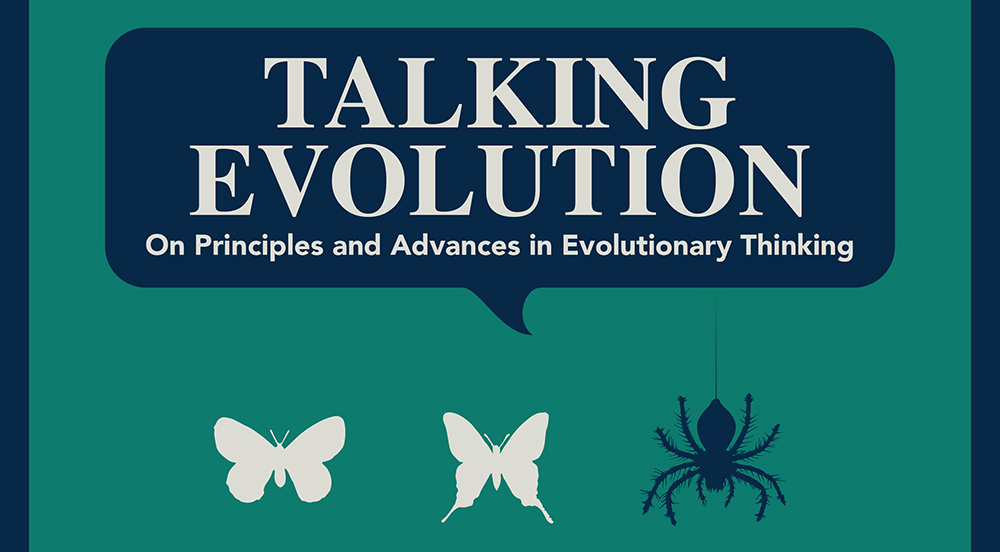Speaker
Description
Term “adaptation” means a feature or set of features making organism fitting to its environment. Adaptation as a process (making an organism adapted) is traditionally interpreted as being inextricably linked with action of natural selection (NS) as a main forming force during speciation. Nevertheless, there are at least two conceivable explanations of the fact of “organism to environment fitness” regarding NS as a subordinate, secondary factor. The first alternative explanation implicates the fundamental phenomenon of phenotypic plasticity. The homeostasis of an organism is tuned by environment through physiological and biochemical mechanisms, resulting in fitness to particular conditions. Long-term habitat change, which last during several generations, will lead to genetic “substitutions” of initially phenotypic adaptation to the genetic ones (Waddington, 1947, Schmalhausen, 1949, West-Eberhard, 2003, Kull, 2014). Typical physiological and biochemical patterns could be fixed at the genomic level if certain environmental patterns persist for a long time, for several generations. In this case, NS (together with stochastic genetic changes and mutation rate) is regarded as a secondary mechanism. According to such scenario, the genetic background of certain adaptive complex emerges when this adaptive complex does already exist. NS may play its secondary role at this step, contributing to appearance of optimal genetic machinery. The second conceptual approach appeals to the ideas of self-organization of living matter (Denton et al., 2003, Newman et al., 2006, Wills, 2009, Johnson, Lam, 2010). According to this, NS should be placed at least alongside the self-organization patterns to explain the mechanisms of evolution. Consequently, the notions on evolution as “selectogenesis” should be at least partly replaced by the notions of “orthogenesis”. The source of adaptivity within the self-organization conception is not obvious and may be described as follows. Any genetic or nongenetic variation of an organism is comprised (included) in a system of hierarchical multiple compensation, from the molecular to biocenotic levels. During its manifestation, the signal of variation passes through a series of “system filters” or “checkpoints” at the epigenetic, ontogenetic, physiological, behavioral, populational and biocenotic levels. Each “filter” is represented by multiple feedbacks maintaining the integrity of systems at every particular level and all the levels taken together. These “system filters” is where the adaptivity comes from making every individual an object for action of the Law of Multilevel Self-Organization. Thus, adaptivity originates on the basis of variations as a mandatory case of multilevel self-organization. The function of NS, in this way of thinking, is reduced to a secondary mechanism, discarding individuals incapable of effective self-organization.

